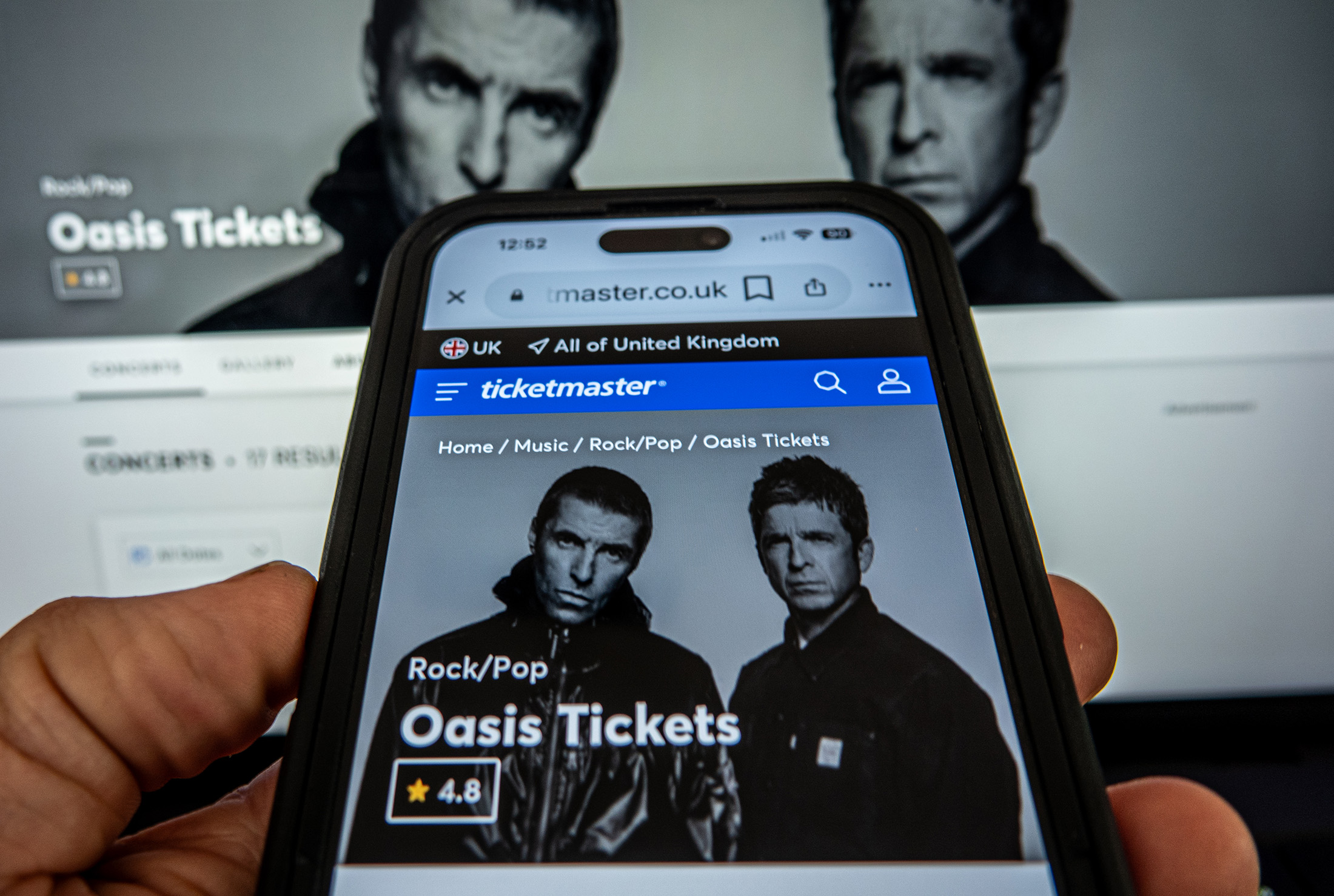Though it’s estimated that by 2025 auto insurance premiums will drop by $25 billion as a result of the adoption of driverless cars, the insurance market is expected to recover through new lines of coverage, according to a report by market analyst Accenture released last year.
In fact, new coverage lines will generate substantially more premium than is lost – to the tune of almost $81 billion.
During the annual PLUS conference held in San Diego last week, Jamison Narbaitz, senior counsel with Clyde & Co, described three areas of insurance that will grow: cyber security, products liability and infrastructure.
He explained that auto transportation is currently in the lower levels of autonomy now; Tesla is considered a level 2 on the National Highway Traffic Safety Administration’s 1-5 scale, which means a driver should still be fully engaged in the operation of the vehicle. It’s expected that by 2035, 23 million vehicles on the road will be a level 4 vehicle, according to the Stevens Institute of Technology.
With fewer humans driving, along with an expected drop in automobile ownership, auto insurance premiums will initially spike then plummet, he said. Auto insurers’ core business models will become obsolete; however, there will be some potential for driver liability to remain.
“These changes have interesting implications for insurance, because as there’s fewer human drivers there will be less of a need of personal auto insurance as we know it,” Narbaitz said. “As there’s more fleet ownership of vehicles, there will also be less of a need of personal auto and there will be more of a focus on products liability-type coverages.”
Three reasons why premiums will drop:
- Cars will be safer; accident frequency and severity will drop.
- There will be a shift from personal auto ownership to fleet ownership.
- Liability will move from drivers to manufacturers, suppliers, technology firms and fleet owners.
The manufacturer’s liability role will increase substantially. He said, it said versus he said, she said scenarios will emerge. Some auto manufacturers, like Volvo, have already acknowledged their increased liability exposure.
The good news is the difference in losses will be recovered by new coverage lines, said Narbaitz.
Three key areas of insurance that will grow:
- Cyber security – for losses like auto theft by hacking or failure of smart road technology.
- Products liability – for disruptions in communication and internet connections, algorithm defects, lidar/radar failure and camera vision failure.
- Infrastructure – for vehicle to vehicle and vehicle to infrastructure communication failures, cloud issues, satellite issues and/or disruptions.
Narbaitz said there may be standalone personal cyber policies or coverage may be endorsed on an auto policy or a hybrid auto/cyber policy could be created.
In its report, Accenture recommended that the insurance industry develop big data/analytics expertise, create actuarial models and explore the driverless ecosystem.
According to Narbaitz, the auto insurance is rapidly changing, but may never become completely obsolete.
Was this article valuable?
Here are more articles you may enjoy.

 Novogratz’s Galaxy to Pay $200 Million in NY Luna Settlement
Novogratz’s Galaxy to Pay $200 Million in NY Luna Settlement  After the Flames: Preparing for the Growing Fraud Threat in Los Angeles
After the Flames: Preparing for the Growing Fraud Threat in Los Angeles  State Farm Has Paid $2.5 Billion in Claims for LA Wildfires
State Farm Has Paid $2.5 Billion in Claims for LA Wildfires  Ticketmaster May Have Broken Law With ‘Platinum’ Oasis Seats
Ticketmaster May Have Broken Law With ‘Platinum’ Oasis Seats 